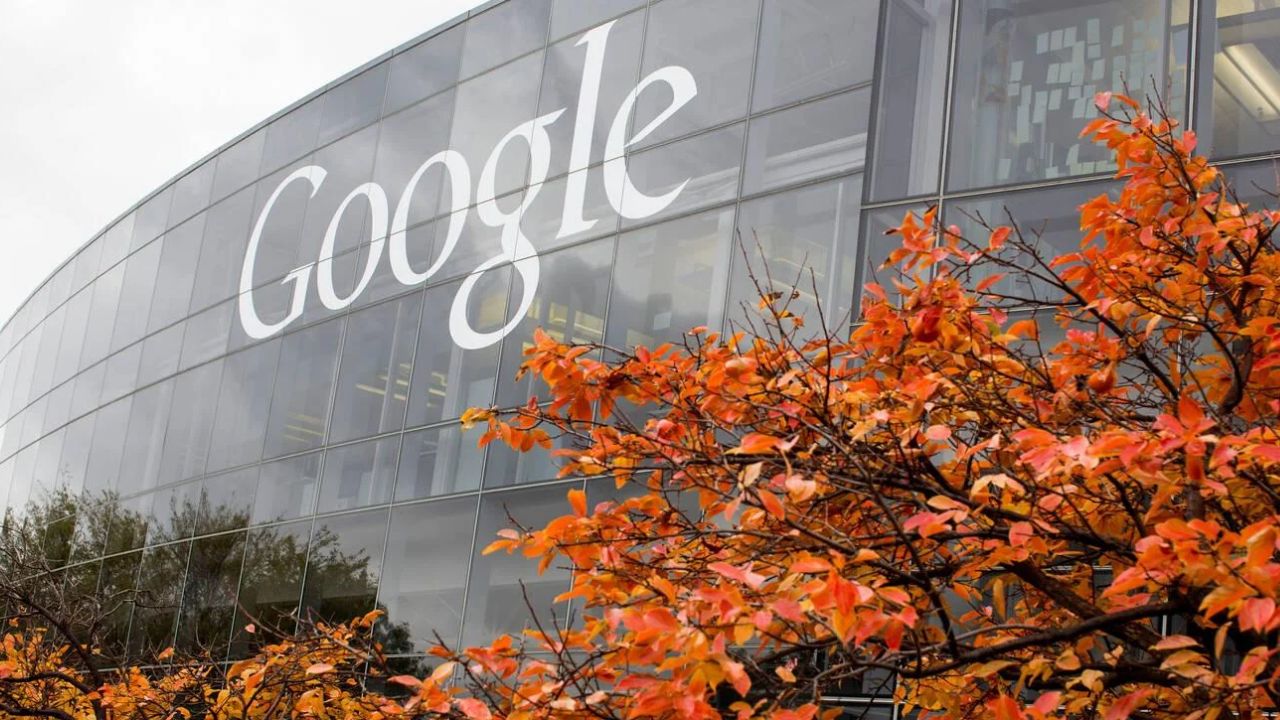The Department of Justice (DOJ) has concluded three weeks of arguments, focusing on whether Google has illegally monopolized the ad tech market. Throughout the trial, Google consistently raised a critical question: what exactly constitutes the ad tech market?
Google presented several defenses, including referencing Supreme Court precedents and addressing security concerns. However, the crux of its argument centered around the DOJ’s alleged misunderstanding of the online advertising ecosystem.
Google claimed that the DOJ’s market segmentation disregards its biggest competitors, such as social media giants, thus distorting the bigger picture.
Defining the Market: Three Separate or One?
The DOJ presented the online advertising landscape as comprising three distinct markets: publisher ad servers (used to sell space on websites), advertiser ad networks (where marketers purchase impressions), and ad exchanges (where rapid auctions determine ad placements).
According to the DOJ, Google dominates these markets, particularly through its publisher ad server, DoubleClick For Publishers (DFP), which allegedly holds about 90% of the US market share.
Witnesses testified that DFP’s ability to access Google’s AdX exchange effectively forced publishers to use it, resulting in what the DOJ referred to as a “trifecta of monopolies.”
However, Google refuted this characterization, arguing that online advertising functions as a single market with buyers and sellers on both sides. Mark Israel, an economist expert, likened the ad tech industry to “a business about matches,” where Google’s integrated ad tech stack provides a seamless, cost-effective solution.
Google asserted that dividing the market into segments only complicates things unnecessarily, and that its services benefit customers by offering an all-in-one tool.
Google’s Reference to Supreme Court Precedent
In its defense, Google pointed to the 2018 Supreme Court case Ohio v. American Express, which involved a two-sided market in the credit card industry. The ruling emphasized that any anticompetitive harm in such markets must affect both sides, not just one.
Google applied this logic to its case, asserting that the online advertising ecosystem is a two-sided market and that the DOJ would need to prove harm to both publishers and advertisers. This argument complicates the DOJ’s case, as actions that benefit one side—such as lowering prices for advertisers—might inadvertently harm publishers.
What is an Online Ad?
The disagreement between Google and the DOJ extends beyond just the number of markets. The DOJ argued that open web display ads (banner ads and boxes on websites) are a distinct form of advertising with no suitable alternatives.
If a company is dissatisfied with Google’s services in this area, they cannot simply switch to social media or video ads, as these serve different marketing purposes.
Google, on the other hand, insisted that advertisers prioritize return on investment (ROI), not the specific format of the ad. If open web display ads fail to deliver results, advertisers are free to move their budget to platforms like Facebook, TikTok, or video streaming services. Google contended that the market should encompass all digital advertising channels, not just open web display ads.
Internal documents from Google showed that it considered competitors like Amazon and social media platforms a serious threat. Google highlighted that companies such as Reddit and Amazon had even stopped using its DFP platform, signaling that competition in the ad tech space remains active.
Google also emphasized that its demand-side platform (DSP), DV360, serves larger advertisers seeking more customization. The DOJ, however, largely ignored this part of Google’s business, focusing instead on smaller advertisers using Google Ads.
The DOJ’s Counterarguments
DOJ counsel Aaron Teitelbaum challenged Google’s narrative, questioning the credibility of Israel, Google’s expert witness. Teitelbaum noted that Israel dedicates 80% of his time to expert testimony and has faced criticism in past cases. Teitelbaum also introduced a metaphor comparing ad spending on social media to a family’s changing expenses on smartphones versus dishwashers.
Just because the family spends more on smartphones doesn’t mean dishwashers have become less necessary. Similarly, Google’s suggestion that ad spending shifting toward social media means publishers are less reliant on display ads didn’t hold water for the DOJ.
Teitelbaum continued to challenge Google’s argument by bringing in a key witness, Matthew Wheatland, the chief digital officer of DailyMail.com. Wheatland argued that it is incredibly difficult for publishers to migrate users from websites to apps, and direct negotiations with advertisers are both costly and inefficient. This testimony undermined Google’s argument that publishers could easily switch their business models to bypass its ad tech ecosystem.
Judge’s Perspective and Future of the Case
Judge Leonie Brinkema, who has overseen the trial, has kept a relatively neutral stance throughout. However, she did express some concerns about Google’s varying market definitions across different legal cases. While Google insisted that the ad tech market is a single entity, the DOJ pointed out that Google has taken different positions in other lawsuits.
The judge acknowledged the importance of market definition in the case and stated that she would review the “entire mix” of evidence before reaching a decision.
With closing arguments expected in late November, both sides will have a final chance to influence the court’s definition of the ad tech market.
The DOJ’s case against Google centers on the accusation that it monopolizes the ad tech market by leveraging its dominance across different segments. Google’s defense, however, hinges on framing the market as a unified ecosystem and pointing to competition from other digital platforms.
The outcome of this trial will have significant implications for the future of online advertising and the broader tech industry. As the case advances, the final definition of the market could determine whether or not Google’s practices are considered anticompetitive.
The Information is Collected from The Verge and DiGiDay.






































